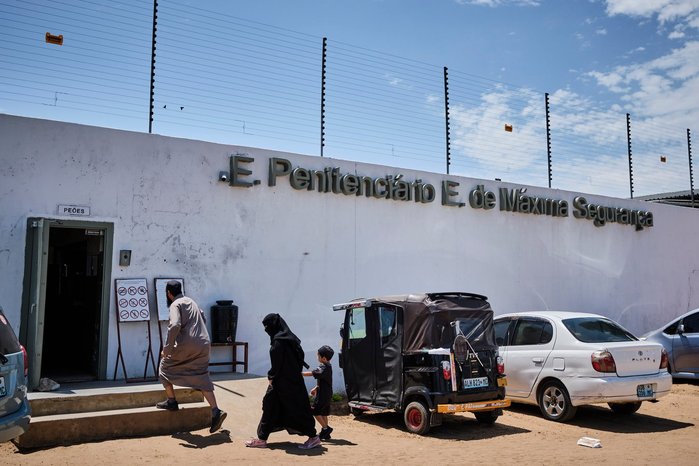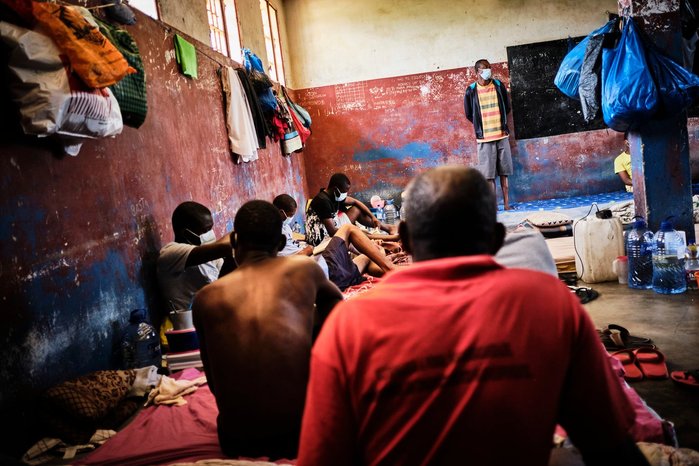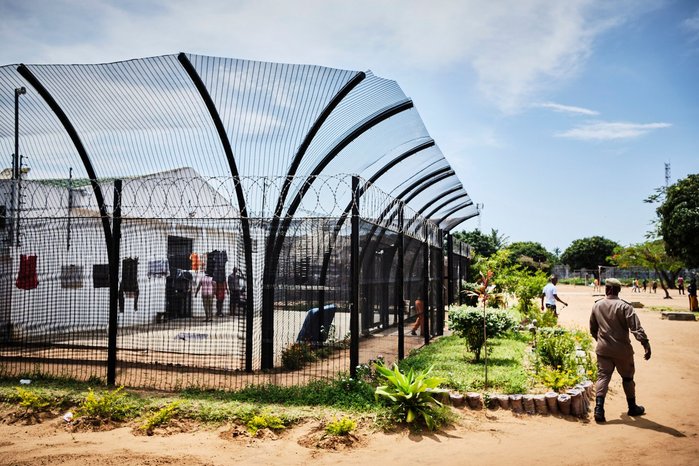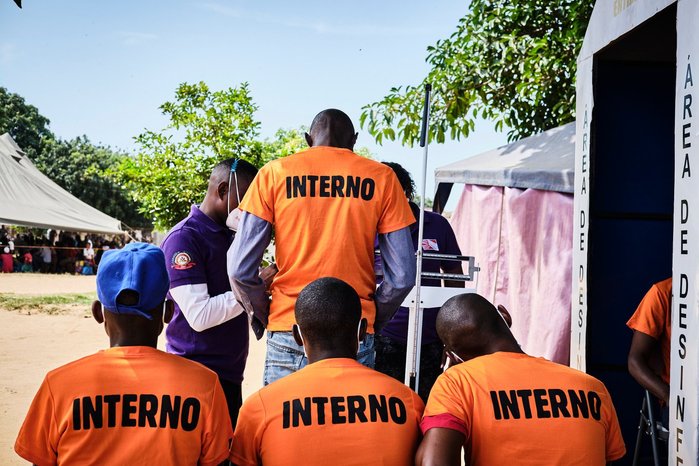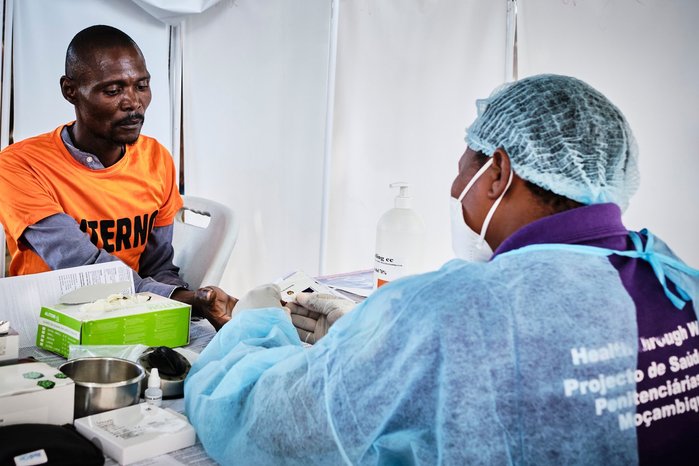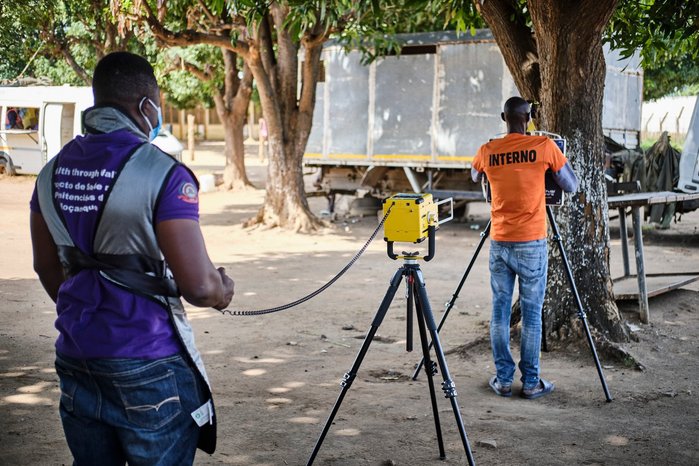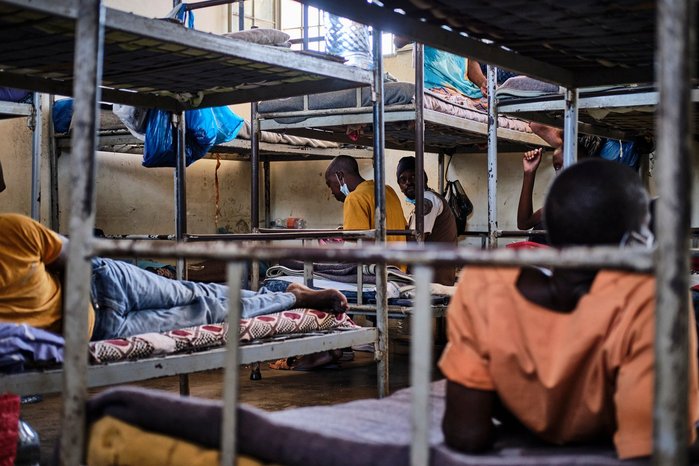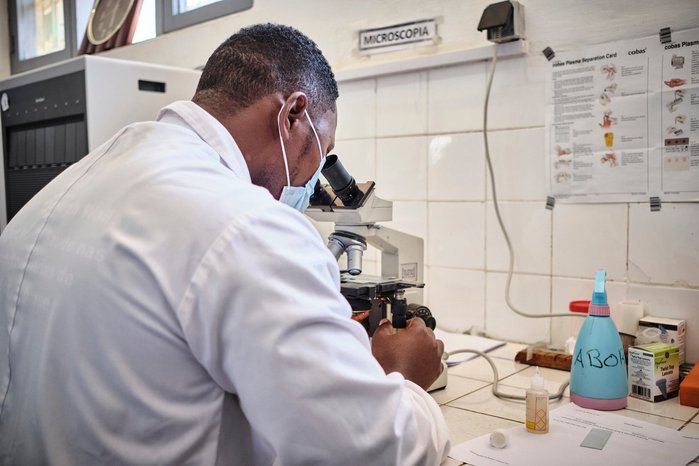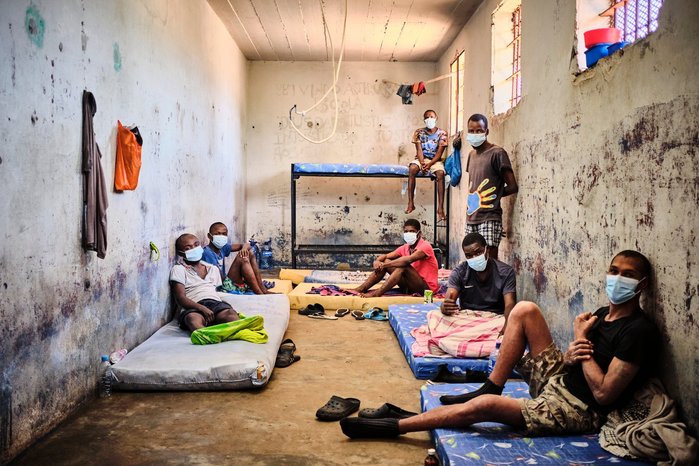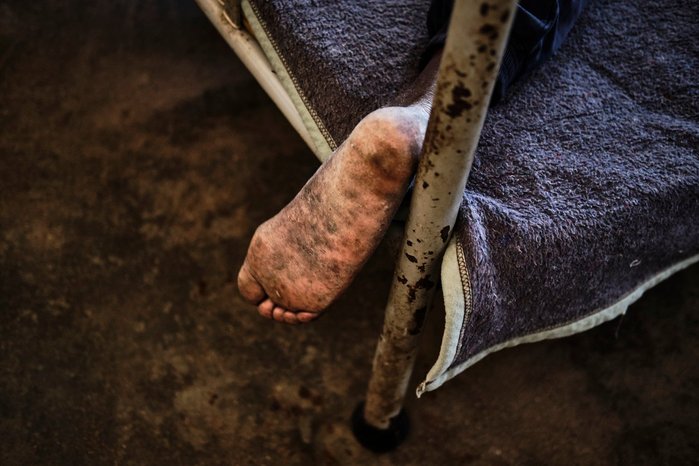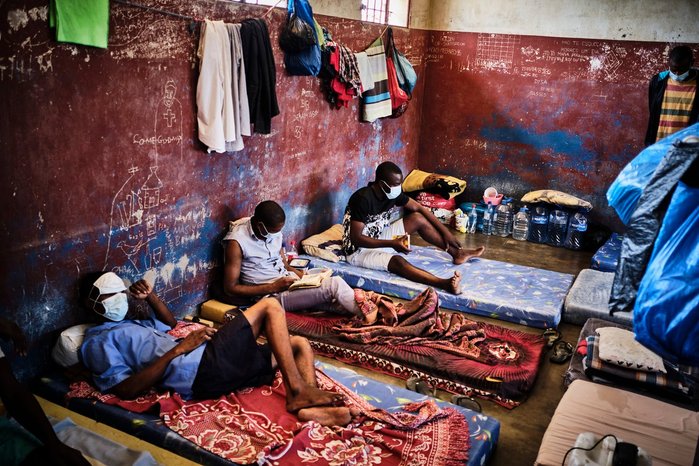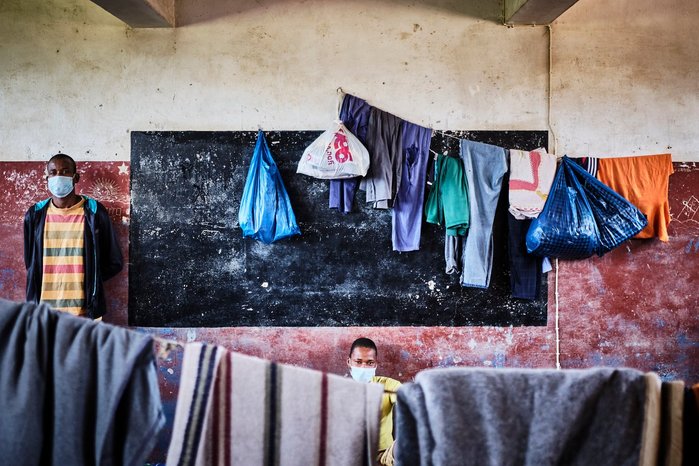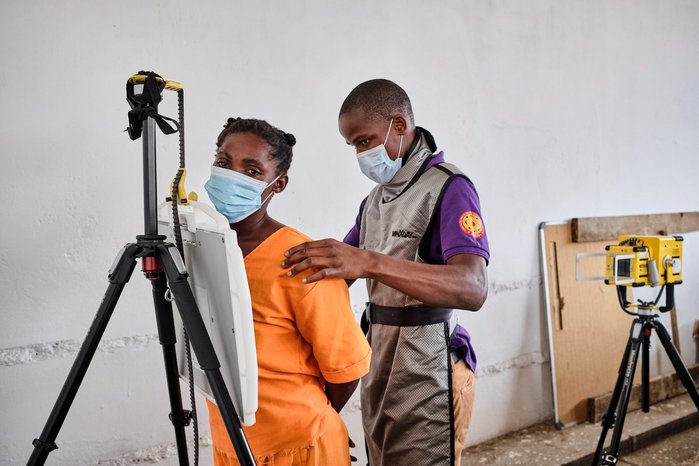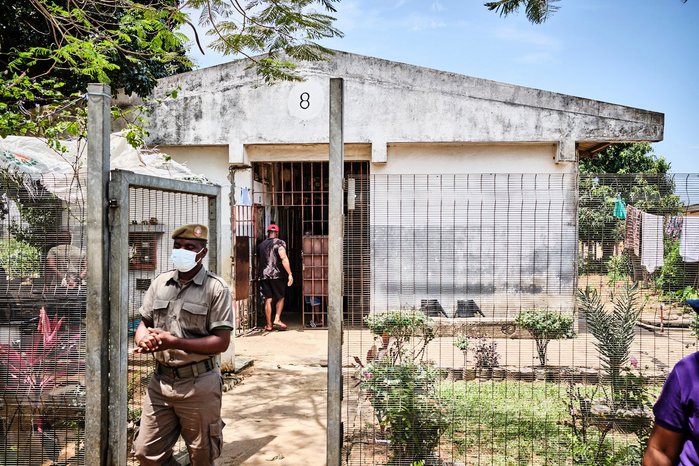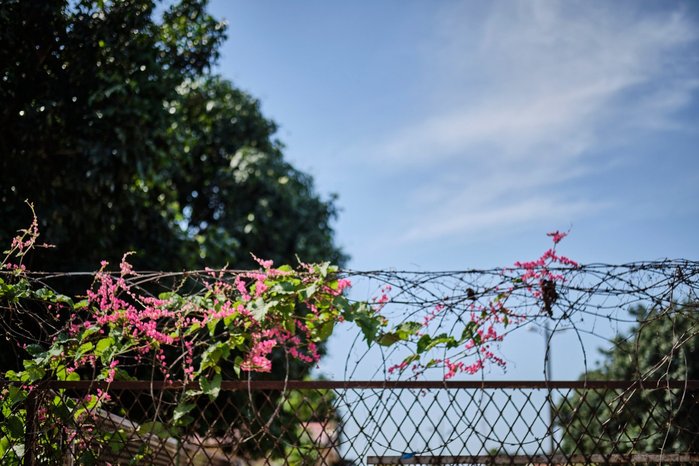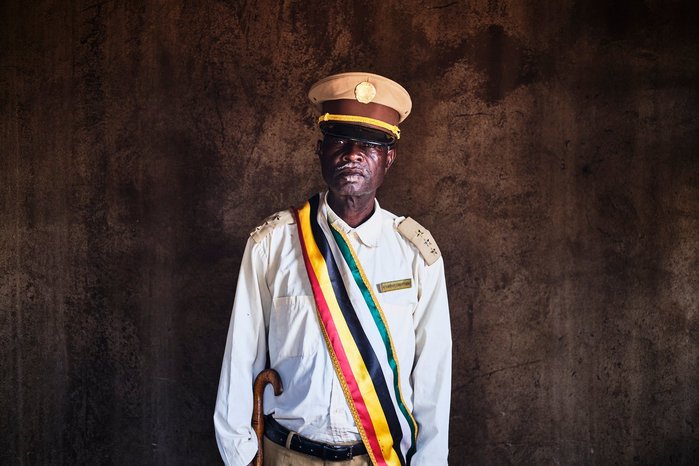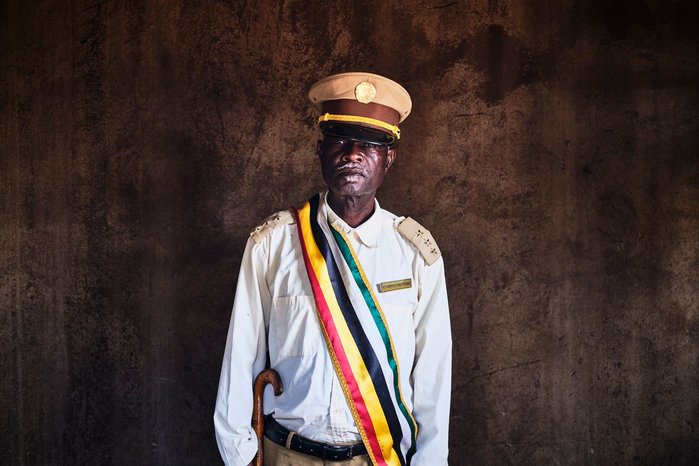
In 2013, Kenneth Fortune, a South African, received a 17-year prison sentence for drug trafficking in Mozambique. The living conditions in the overcrowded and poorly ventilated jail with 800 beds for 3,200 inmates, create an ideal environment for the spread of tuberculosis. This bacterial disease, similar to COVID-19, spreads through the air and caused 1.3 million deaths worldwide last year. Fortune contracted the disease just two months ago. “With so many people, it’s hard to know who has tuberculosis,” he said. “I got it from people in my cell.”
Fortune lost his appetite, had high fevers with night sweats, and started coughing up blood. “I was doing really badly, so they moved me to the Maputo Central Hospital. I ended up staying there for a whole month. I just got back three weeks ago and now I’m in the process of recovering,” he told us. Sick inmates must be isolated for the first two months of treatment until they are no longer infectious, according to staff from Mozambique’s National Penitentiary Service (SERNAP).
Fortune is currently confined in a small room with peeling walls and mattresses on the floor. He shares the space with four other men who also have tuberculosis. Here, he receives medication under the direct supervision of a nurse who ensures completion of the six-month treatment.
Francesco Moyano never thought that an illness in prison would change his life. Two years ago, he was diagnosed and treated for tuberculosis in Maputo Prison. “It really hurt to find out that he was sick,” said his wife, Inés Peniva. Since his release in December 2022, Moyano has struggled to relaunch his business due to a lack of money. His wife has been the primary source of support for the family. “I had to take on the responsibility of being both a father and a mother at the same time,” said Peniva.
Mozambique’s prisons are facing a severe overcrowding issue – SERNAP operates at 45.3% over its official capacity. A study published in The Lancet reveals that the likelihood of developing tuberculosis in prisons is six to 30 times greater than in the general population. Benedita José, director of Mozambique’s National Tuberculosis Program, acknowledges that prisons present the biggest challenge in combating tuberculosis. “The incidence rate of tuberculosis among the prison population is 1,000 per 100,000 people, compared to 361 per 100,000 in the general population.”
According to the World Health Organization (WHO), the incidence of tuberculosis in prison populations is roughly 10 times higher than in the general population worldwide.

